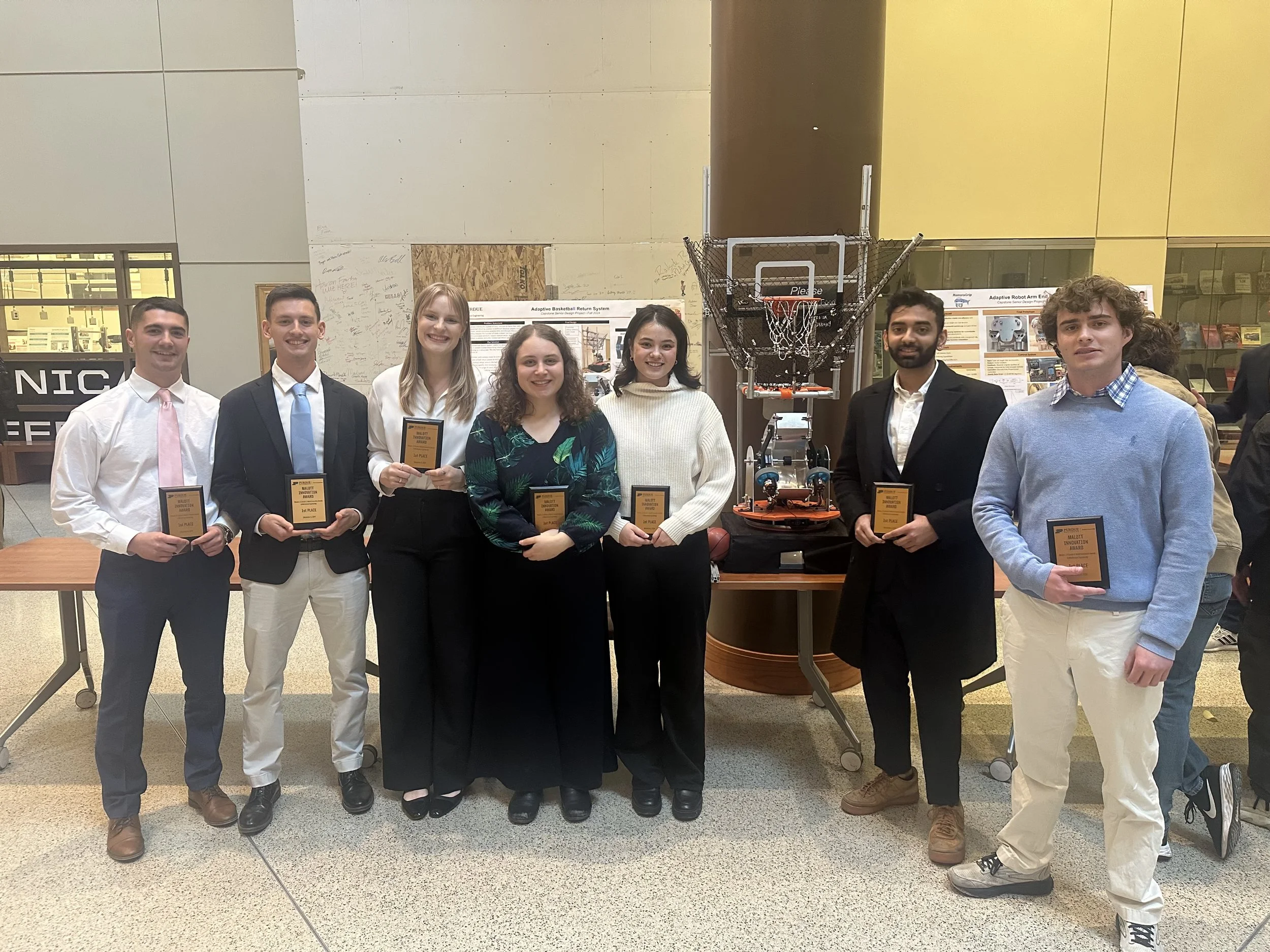"High-speed high-accuracy three-dimensional shape measurement using digital binary defocusing method versus sinusoidal method," Opt. Eng., (2017)
/[99] J. -S. Hyun, B. Li, and S. Zhang, "High-speed high-accuracy three-dimensional shape measurement using digital binary defocusing method versus sinusoidal method," Opt. Eng. 56(7), 074102 (2017).
Abstract
This paper presents our research findings on high-speed high-accuracy 3D shape measurement using digital light processing (DLP) technologies. In particular, we compare two different sinusoidal fringe generation techniques using the DLP projection devices: direct projection of 8-bit computer generated sinusoidal patterns (a.k.a., the sinusoidal method), and the creation of sinusoidal patterns by defocusing binary patterns (a.k.a., the binary defocusing method). This paper mainly examines their performance on high-accuracy measurement applications under precisely controlled settings. Two different projection systems were tested in this study: the commercially available inexpensive projector, and the DLP development kit. Experimental results demonstrated that the binary defocusing method always outperforms the sinusoidal method if a sufficient number of phase-shifted fringe patterns can be used.



